AWS Networking – Part XI: VPC NAT Gateway
Introduction
Back-End EC2 instances like Application and Database servers are most often launched on a Private subnet. As a recap, a Private subnet is a subnet that doesn’t have a route to the Internet Gateway in its Route table. Besides, EC2 instances in the Private subnet don’t have Elastic-IP address association. These two facts mean that EC2 instances on the Private subnet don’t have Internet access. However, these EC2 instances might still need occasional Internet access to get firmware upgrades from the external source. We can use a NAT Gateway (NGW) for allowing IPv4 Internet traffic from Private subnets to the Internet. When we launch an NGW, we also need to allocate an Elastic-IP address (EIP) and associate it with the NGW. This association works the same way as the EIP-to-EC2 association. It creates a static NAT entry to IGW that translates NGW’s local subnet address to its associated EIP. The NGW, in turn, is responsible for translating the source IP address from the ingress traffic originated from the Private subnet to its local subnet IP address. As an example, EC2 instance NWKT-EC2-Back-End sends packets towards the Internet to NGW. When the NGW receives these packets, it rewrites the source IP address 10.10.1.172 with its Public subnet IP address 10.10.0.195 and forwards packets to the Internet gateway. IGW translates the source IP address 10.10.0.195 to EIP 18.132.96.95 (EIP associated with NGW). That means that the source IP of data is rewritten twice, first by NGW and then by IGW.
Figure 4-1 illustrates our example NAT GW design and its configuration steps. As a pretask, we launch an EC2 instance on the Private subnet 10.10.1.0/24 (1). We also modify the existing Security Group (SG) to allow an Inbound/Outbound ICMP traffic within VPC CIDR 10.10.0.0/16 (2). We also allow an SSH session initiation from the 10.10.0.218/24. I’m using the same SG for both EC2 instances to keep things simple. Besides, both EC2 uses the same Key Pair. Chapter 3 shows how to launch an EC2 instance and how we modify the SGs, and that is why we go ahead straight to the NGW configuration.
When we have done pre-tasks, we launch an NGW on the Public subnet (3). Then we allocate an EIP and associate it with NGW (4). Next, we add a default route towards NGW on the Private subnet Route Table (5).
The last three steps are related to connectivity testing. First, verify Intra-VPC IP connectivity using ICMP (6). Then we test the Internet connectivity (7). As the last step, we can confirm that no route exists back to NWKT-EC-Backe-End from the IGW. We are using an AWS Path Analyzer for that (8).
Note! Our example doesn’t follow good design principles. AWS Availability Zones (AZ) are restricted failure domains, which means that failure in one AZ doesn’t affect the operation of other AZ. Now, if our NGW on AZ eu-west-2c fails, Internet traffic from the Private subnet on eu-west2a fails. The proper design is to launch NGW on the AZ where unidirectional egress Internet access is needed.
Figure 4-1: Example Topology.
Continue reading
KubeCon + CloudNativeCon Highlights Security for Open Source
Vulnerabilities in the life cycle of open-source software development can start from tiny crumbs but grow into substantial issues.“Look, Ma, no probes!” — Characterizing CDNs’ latencies with passive measurement


Something that comes up a lot at Cloudflare is how well our network and systems are performing. Like many service providers, we need to be engaged in a constant process of introspection to evaluate aspects of Cloudflare’s service with respect to customers, within our own network and systems and, as was the case in a recent blog post, the clients (such as web browsers). Many of these questions are obvious, but answering them is decisive in opening paths to new and improved services. The important point here is that it’s relatively straightforward to monitor and assess aspects of our service we can see or measure directly.
However, for certain aspects of our performance we may not have access to the necessary data, for a number of reasons. For instance, the data sources may be outside our network perimeter, or we may avoid collecting certain measurements that would violate the privacy of end users. In particular, the questions below are important to gain a better understanding of our performance, but harder to answer due to limitations in data availability:
- How much better (or worse!) are we doing compared to other service providers (CDNs) by being in certain locations?
- Can Continue reading
Multi-User IP Address Detection


Cloudflare provides our customers with security tools that help them protect their Internet applications against malicious or undesired traffic. Malicious traffic can include scraping content from a website, spamming form submissions, and a variety of other cyberattacks. To protect themselves from these types of threats while minimizing the blocking of legitimate site visitors, Cloudflare’s customers need to be able to identify traffic that might be malicious.
We know some of our customers rely on IP addresses to distinguish between traffic from legitimate users and potentially malicious users. However, in many cases the IP address of a request does not correspond to a particular user or even device. Furthermore, Cloudflare believes that in the long term, the IP address will be an even more unreliable signal for identifying the origin of a request. We envision a day where IP will be completely unassociated with identity. With that vision in mind, multi-user IP address detection represents our first step: pointing out situations where the IP address of a request cannot be assumed to be a single user. This gives our customers the ability to make more judicious decisions when responding to traffic from an IP address, instead of indiscriminately treating that traffic Continue reading
Geo Key Manager: Setting up a service for scale
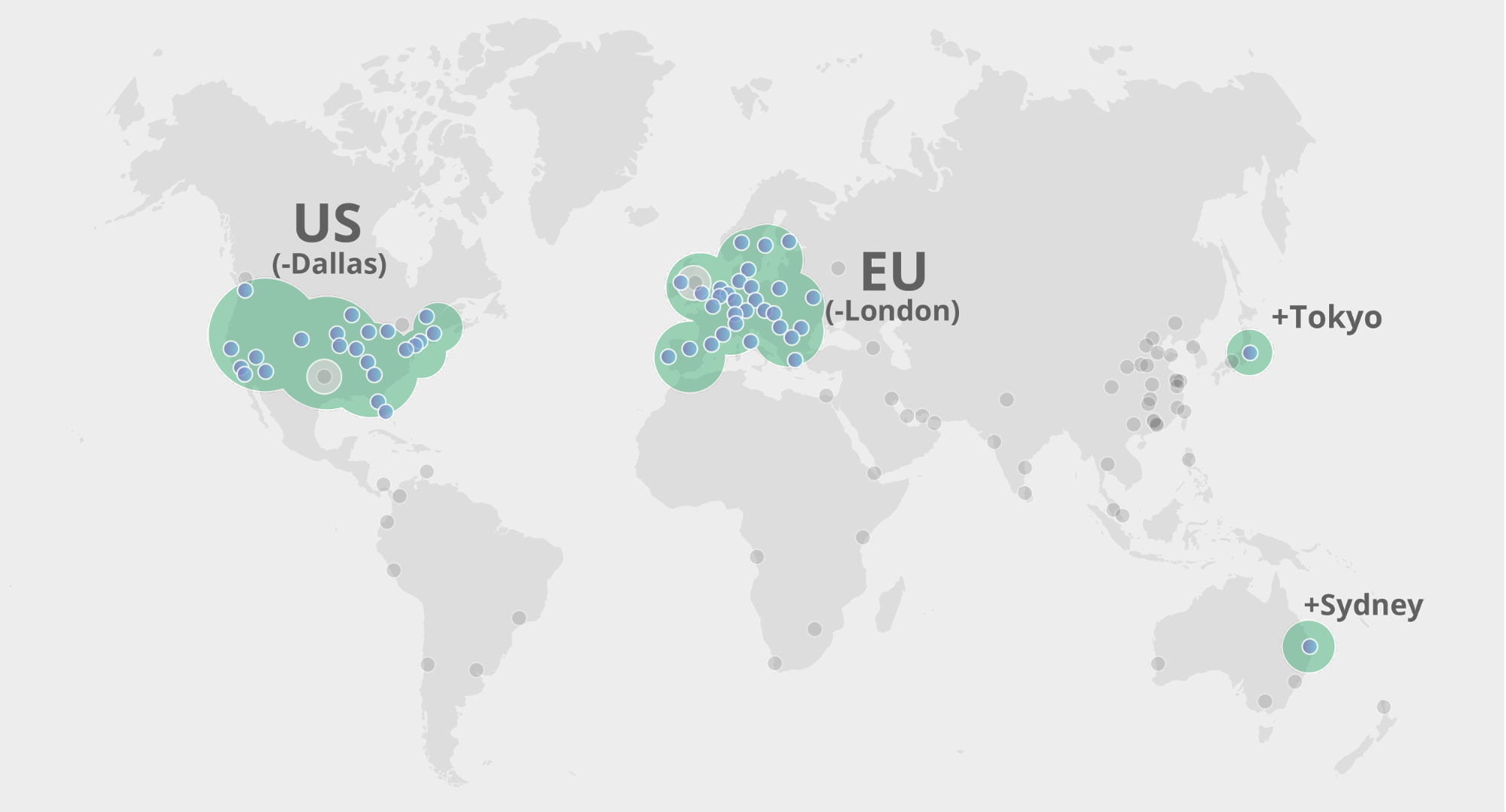
In 2017, we launched Geo Key Manager, a service that allows Cloudflare customers to choose where they store their TLS certificate private keys. For example, if a US customer only wants its private keys stored in US data centers, we can make that happen. When a user from Tokyo makes a request to this website or API, it first hits the Tokyo data center. As the Tokyo data center lacks access to the private key, it contacts a data center in the US to terminate the TLS request. Once the TLS session is established, the Tokyo data center can serve future requests. For a detailed description of how this works, refer to this post on Geo Key Manager.
This is a story about the evolution of systems in response to increase in scale and scope. Geo Key Manager started off as a small research project and, as it got used more and more, wasn’t scaling as well as we wanted it to. This post describes the challenges Geo Key Manager is facing today, particularly from a networking standpoint, and some of the steps along its way to a truly scalable service.
Geo Key Manager started out as a research Continue reading
Lessons Learned: Complexity Will Kill Your System
You wouldn’t believe the intricate network designs I created decades ago until I learned that having an uninterrupted sleep is worth more than proving I can get the impossible to work (see also: using EBGP instead of IGP in a 4-node data center fabric).
Once I started valuing my free time, I tried to design things to be as simple as possible. However, as my friend Nicola Modena once said, “Consultants must propose new technologies because they must be seen as bringing innovation,” and we all know complexity sells. Go figure.
Lessons Learned: Complexity Will Kill Your System
You wouldn’t believe the intricate network designs I created decades ago until I learned that having uninterrupted sleep is worth more than proving I can get the impossible to work (see also: using EBGP instead of IGP in a 4-node data center fabric).
Once I started valuing my free time, I tried to design things to be as simple as possible. However, as my friend Nicola Modena once said, “Consultants must propose new technologies because they must be seen as bringing innovation,” and we all know complexity sells. Go figure.
Missing good old ‘wr’ command on N9K? let’s bring it back!
Doing a lot on Nexus 9000 series datacenter boxes (N9K) lately? Sure you’re missing the good old ‘wr’ command to save your last startup-config into running-config. NXOS architecture guys decided that you should be really well concentrated when deciding to save your nice new configuration to survive device reboot and type: N9K_1(config)# copy running-config startup-config. Just typing ‘wr’ into the console would be too nice right? Let’s use the alias configuration and bring that command back to the box. N9K_1(config)# copy running-config startup-config 100% Copy complete, now saving to disk (please wait)... Copy complete. N9K_1(config)# If you try ‘wr’:
The post Missing good old ‘wr’ command on N9K? let’s bring it back! appeared first on How Does Internet Work.
Calico Cloud: What’s new in October
Calico Cloud is an industry-first security and observability SaaS platform for Kubernetes, containers, and cloud. Since its launch, we have seen customers use Calico Cloud to address a range of security and observability problems for regulatory and compliance requirements in a matter of days and weeks. In addition, they only paid for the services used, instead of an upfront investment commitment, thus aligning their budgets with their business needs.
New in October
We are excited to announce recent Calico Cloud enhancements. Highlights include:
- Managing your security and observability shouldn’t require you to manage a separate credential, authentication, and authorization access workflow. With Calico Cloud, you can bring your identity provider to manage user access to your security and observability platform. Simple sign in now requires login with the same credentials aligned to organizational roles. User management is simplified by leveraging in-house knowledge of identity management for many popular platforms. Calico Cloud supports Microsoft Azure Active Directory, Google IDP, and Open ID.
- Pre-built use case workflows are available in Calico Cloud for workload access control and enterprise security and controls. After signup:
- Users can start monitoring and observing their application and microservices communication to external resources within minutes.
- Users can prevent Continue reading
Kubernetes Monitoring: 5 Key Metrics
Kubernetes monitoring is critical for ongoing reliable operations of mission-critical systems. Here are five metrics to manage your Kubernetes environments.How to Protect Your Cell Phone from Malicious Wi-Fi
One of the most common vulnerabilities that many people face is the malicious Wi-Fi, which can be accessed without entering a password. Wi-Fi networks with no password are especially prone to cyber-attacks and data theft. A malicious Wi-Fi hotspot can be a nightmare for your cell phone. These hotspots are often used by hackers to intercept data exchanged between your phone and the internet.
Update Your OS and apps
It is important to update your operating system because it can make you vulnerable to threats and attacks. The OS will have all the latest updates that are released, so updating your OS will keep it secure in many ways. Some of the ways updating your OS keeps you safe are by having a better built-in firewall and antivirus software. Updating your OS is also important because it can improve the performance of your computer.
Avoid Public Wi-Fi
Public Wi-Fi is not secure and can lead to serious consequences. Public Wi-Fi networks are often unsecured. Unsecured networks can give cybercriminals access to your device and your personal data. If you use public Wi-Fi then you may be putting yourself at risk for identity theft because hackers can access your personal information Continue reading
Flexible Automation For A Complex Enterprise: Gluware LiveStream Video [4/8]
Angelo Rossi, GNS LAN-WAN Architect at WSP joins Drew Conry-Murray of the Packet Pushers to explain how WSP automated their brownfield network with Gluware. If Gluware might be a fit for your network automation needs, visit here. Thanks! You can subscribe to the Packet Pushers’ YouTube channel for more videos as they are published. It’s […]
The post Flexible Automation For A Complex Enterprise: Gluware LiveStream Video [4/8] appeared first on Packet Pushers.
Privacy-Preserving Compromised Credential Checking
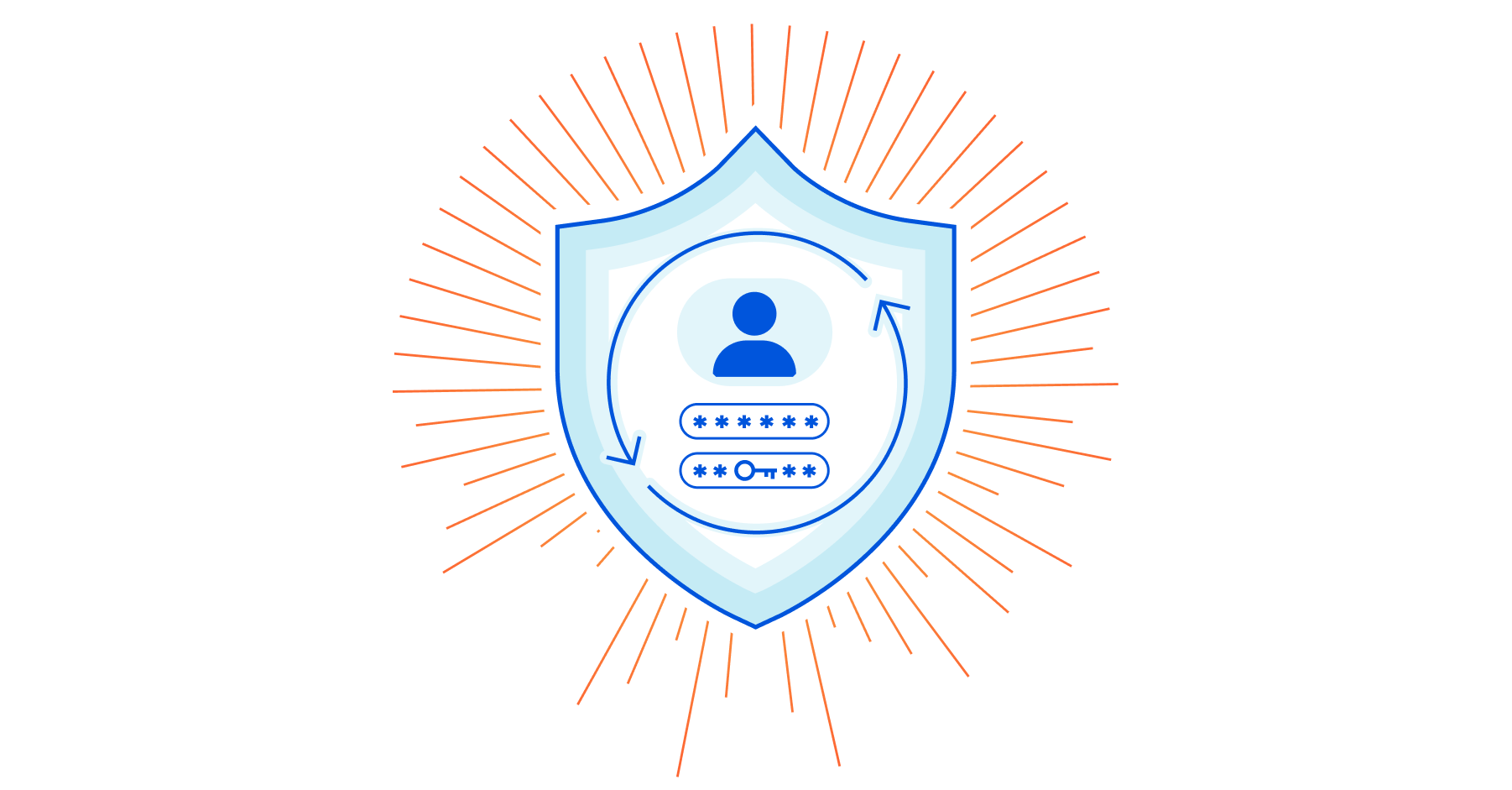
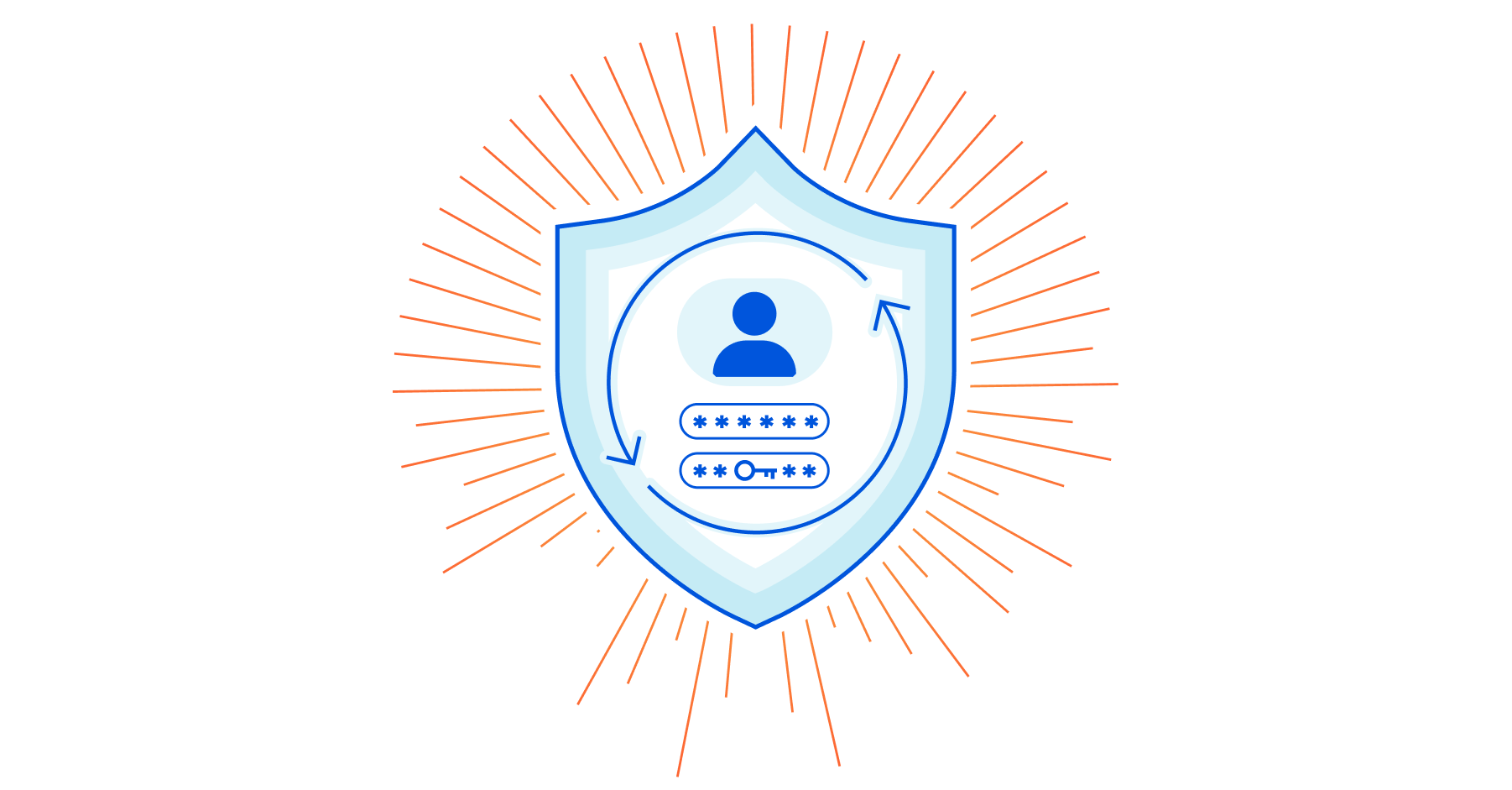
Today we’re announcing a public demo and an open-sourced Go implementation of a next-generation, privacy-preserving compromised credential checking protocol called MIGP (“Might I Get Pwned”, a nod to Troy Hunt’s “Have I Been Pwned”). Compromised credential checking services are used to alert users when their credentials might have been exposed in data breaches. Critically, the ‘privacy-preserving’ property of the MIGP protocol means that clients can check for leaked credentials without leaking any information to the service about the queried password, and only a small amount of information about the queried username. Thus, not only can the service inform you when one of your usernames and passwords may have become compromised, but it does so without exposing any unnecessary information, keeping credential checking from becoming a vulnerability itself. The ‘next-generation’ property comes from the fact that MIGP advances upon the current state of the art in credential checking services by allowing clients to not only check if their exact password is present in a data breach, but to check if similar passwords have been exposed as well.
For example, suppose your password last year was amazon20\$, and you change your password each year (so your current password is amazon21\$). Continue reading
Unbuckling the narrow waist of IP: Addressing Agility for Names and Web Services


At large operational scales, IP addressing stifles innovation in network- and web-oriented services. For every architectural change, and certainly when starting to design new systems, the first set of questions we are forced to ask are:
- Which block of IP addresses do or can we use?
- Do we have enough in IPv4? If not, where or how can we get them?
- How do we use IPv6 addresses, and does this affect other uses of IPv6?
- Oh, and what careful plan, checks, time, and people do we need for migration?
Having to stop and worry about IP addresses costs time, money, resources. This may sound surprising, given the visionary and resilient advent of IP, 40+ years ago. By their very design, IP addresses should be the last thing that any network has to think about. However, if the Internet has laid anything bare, it’s that small or seemingly unimportant weaknesses — often invisible or impossible to see at design time — always show up at sufficient scale.
One thing we do know: “more addresses” should never be the answer. In IPv4 that type of thinking only contributes to their scarcity, driving up further their market prices. IPv6 is absolutely necessary, Continue reading
Research Directions in Password Security
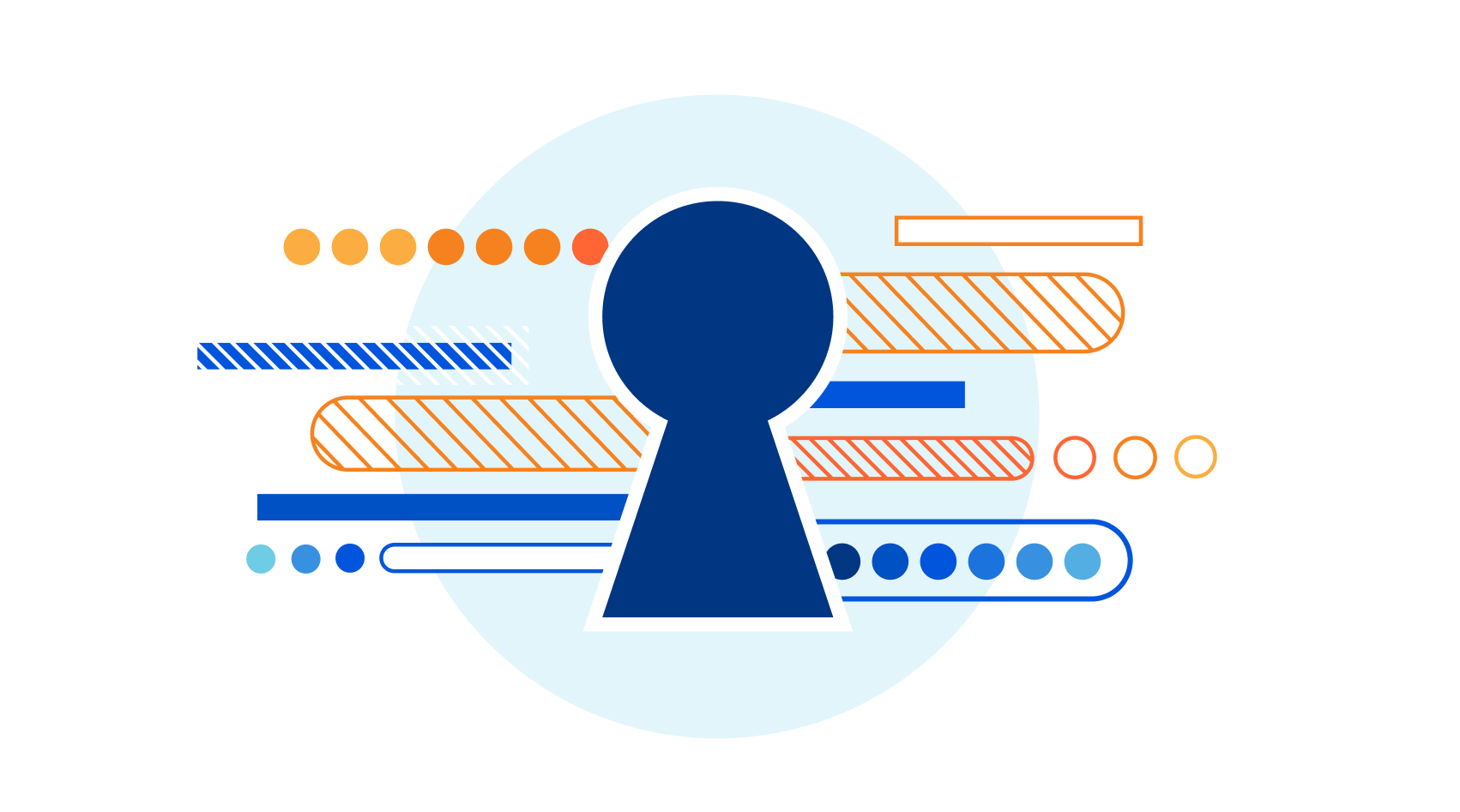
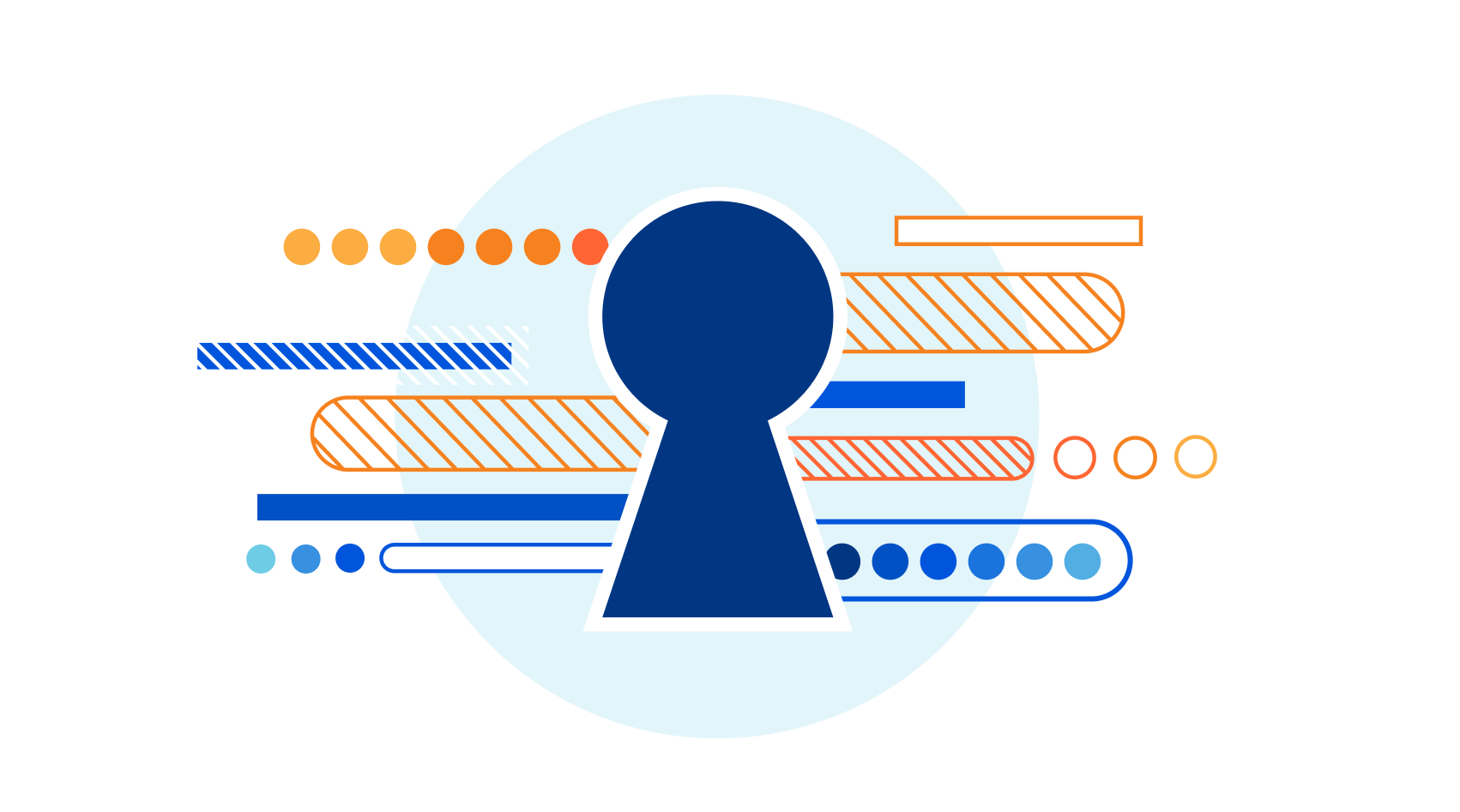
As Internet users, we all deal with passwords every day. With so many different services, each with their own login systems, we have to somehow keep track of the credentials we use with each of these services. This situation leads some users to delegate credential storage to password managers like LastPass or a browser-based password manager, but this is far from universal. Instead, many people still rely on old-fashioned human memory, which has its limitations — leading to reused passwords and to security problems. This blog post discusses how Cloudflare Research is exploring how to minimize password exposure and thwart password attacks.
The Problem of Password Reuse
Because it’s too difficult to remember many distinct passwords, people often reuse them across different online services. When breached password datasets are leaked online, attackers can take advantage of these to conduct “credential stuffing attacks”. In a credential stuffing attack, an attacker tests breached credentials against multiple online login systems in an attempt to hijack user accounts. These attacks are highly effective because users tend to reuse the same credentials across different websites, and they have quickly become one of the most prevalent types of online guessing attacks. Automated attacks can be run Continue reading
BGP Optimal Route Reflection 101
Almost a decade ago I described a scenario in which a perfectly valid IBGP topology could result in a permanent routing loop. While one wouldn’t expect to see such a scenario in a well designed network, it’s been known for ages1 that using BGP route reflectors could result in suboptimal forwarding.
Here’s a simple description of how that could happen:
BGP Optimal Route Reflection 101
Almost a decade ago I described a scenario in which a perfectly valid IBGP topology could result in a permanent routing loop. While one wouldn’t expect to see such a scenario in a well designed network, it’s been known for ages1 that using BGP route reflectors could result in suboptimal forwarding.
Here’s a simple description of how that could happen:
